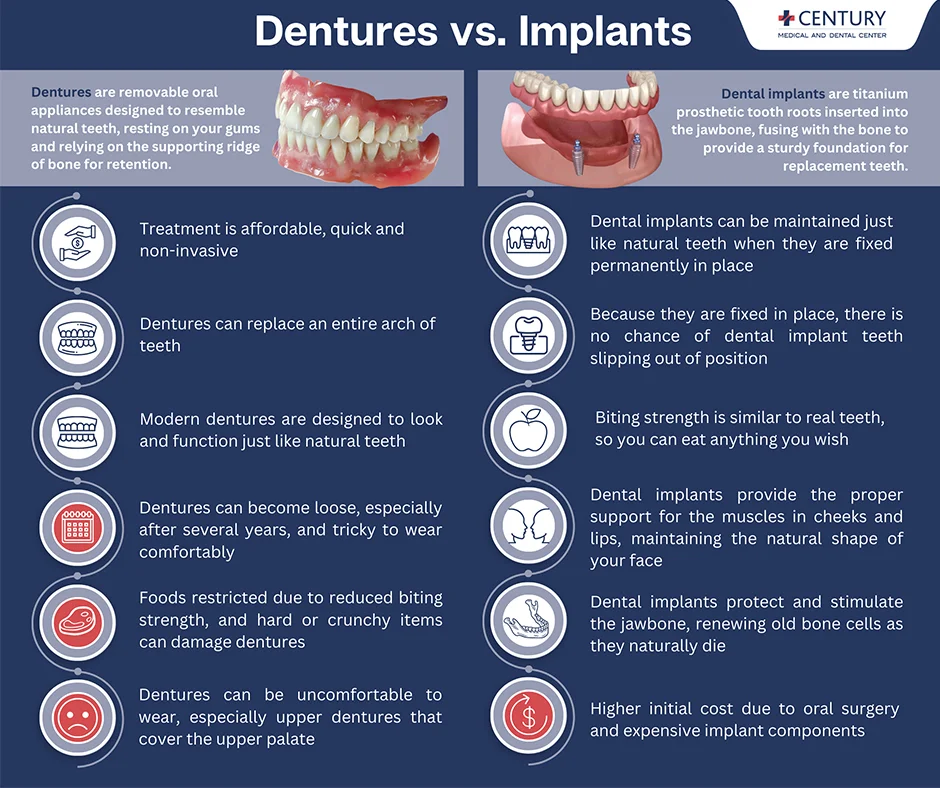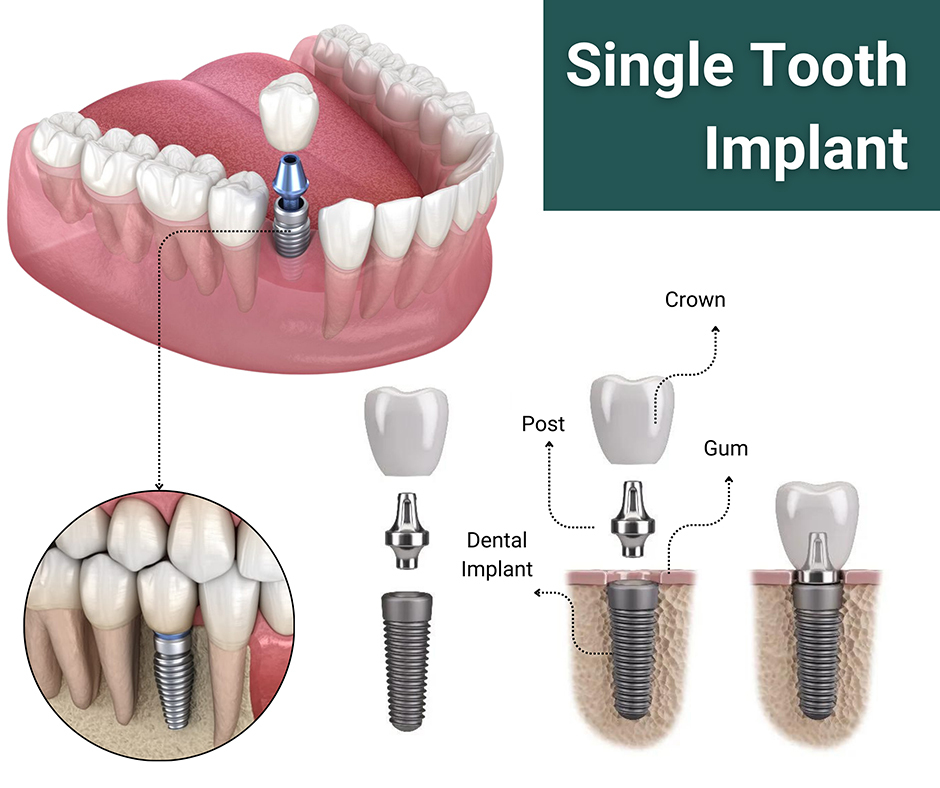Some Known Factual Statements About Dental Implants
Some Known Factual Statements About Dental Implants
Blog Article
How Dental Implants can Save You Time, Stress, and Money.
Table of ContentsDental Implants Fundamentals ExplainedFacts About Dental Implants UncoveredThe 6-Minute Rule for Dental ImplantsThe Ultimate Guide To Dental Implants
are clinical gadgets surgically implanted into the jaw to restore an individual's ability to eat or their appearance. They offer support for synthetic (phony) teeth, such as crowns, bridges, or dentures. When a tooth is shed as a result of injury or illness, an individual can experience complications such as quick bone loss, malfunctioning speech, or adjustments to eating patterns that result in pain.
Structure of The Dental Implant System choosing dental implants, speak with your oral provider regarding the prospective benefits and dangers, and whether you are a prospect for the procedure. Points to think about: Your overall wellness is an important factor in establishing whether you are a good candidate for dental implants, for how long it will certainly take to heal, and for how long the dental implant might remain in location.
Smoking cigarettes might affect the recovery procedure and lower the long-term success of the implant. The healing procedure for the implant body may take several months or longer, throughout which time you normally have a short-lived joint instead of the tooth. the oral implant procedure: Very carefully adhere to the dental hygiene directions provided to you by your dental service provider.
The smart Trick of Dental Implants That Nobody is Discussing
Implant failure can lead to the need for another surgical treatment to deal with or change the dental implant system. Recovers the capability to chew Recovers aesthetic look Helps keep the jawbone from shrinking due to bone loss Preserves the health of the bordering bone and periodontals Assists keep nearby (neighboring) teeth secure Improves lifestyle Damages to bordering natural teeth during dental implant positioning Injury to the surrounding cells throughout surgical procedure, such as sinus perforation Injury throughout surgical treatment (for instance, fracture of surrounding jawbone) Insufficient feature, such as seeming like the teeth do not bite with each other usually An experience that the tooth hangs or turning in location resulting from an abutment screw loosening Implant body failure (looseness of the dental implant body) as a result of systemic infection, which may be more probable in patients with unchecked diabetics issues because of regional infection in bone and periodontals supporting the dental implant body because of postponed healing, which might be most likely in clients who smoke Difficulty cleansing the periodontals around the implant, causing inadequate dental health Neglected gum condition Post-surgical tingling due to nerve impingement or damages Constantly inform healthcare providers and imaging service technicians that you have oral implants prior to any magnetic vibration imaging (MRI) or x-ray procedures.
FDA is not familiar with any negative events reported for MRI or x-ray treatments with oral implants. Dental implants systems are commonly made of products that comply with international agreement criteria of the International Organization for Standardization (ISO) or ASTM International. These standards have information of what makes a safe product.
Various other materials such as gold alloys, cobalt-based alloys, titanium alloys, or ceramic products are sometimes utilized. The safety and security profiles of these materials are popular. Oral implant systems are assessed click this according to worldwide agreement criteria. Biocompatibility testing, to show that physical contact with the gadget does not create difficulties like irritation or allergy, becomes part of the analysis that aids make sure the materials in the oral implant system are secure and do not create adverse results when dental implanted in people.

Indicators on Dental Implants You Need To Know
Some individuals are not qualified for oral implant surgery. It is for oral cosmetic surgeons to see this operate individuals with: severe illnessuncontrollable metabolic diseasebone or soft cells disease or infectionIf these problems are settled, an individual can have the surgical procedure. Dental Implants. In, oral specialists avoid running on individuals with: If individuals with any of the above undergo dental implant surgical treatment, there is a higher risk of the implant failing
Some people have a jawbone abnormality that avoids enough bone for an implant from establishing. In such cases, a cosmetic surgeon might require to do a ridge adjustment. This entails lifting the gum tissue to reveal the area of warped bone. The specialist will after that utilize a bone or bone replacement to fix and accumulate the area.
Dental implant surgery is an individualized procedure. Provide you time to recover. Attach the blog post and last crown, bridge or denture.
Next, your specialist will thoroughly position the dental implant into your jaw. Ultimately, your cosmetic surgeon will certainly rearrange your gum tissues and close the cut with stitches. If your implant is near the front of your mouth, your dental expert will certainly make a short-term tooth for you to use till you recover. This way, you will not have a gap in your smile while you recoup.
8 Easy Facts About Dental Implants Explained
Your provider can inform you what to anticipate in your scenario. During the healing stage, your jawbone needs to fuse to the oral implant. This procedure, called osseointegration, is crucial for stability and long-lasting success. This procedure can take anywhere from three to nine months. In important link some cases, it may take much longer.
As soon as your implant heals, your dental expert can connect the abutment (tiny adapter blog post) and your final remediation (crown, bridge or denture). This typically takes concerning one hour to finish and might need a second minor surgical procedure. You should not really feel any type of pain throughout your dental implant procedure since your company will use medication to numb your gums.
Report this page